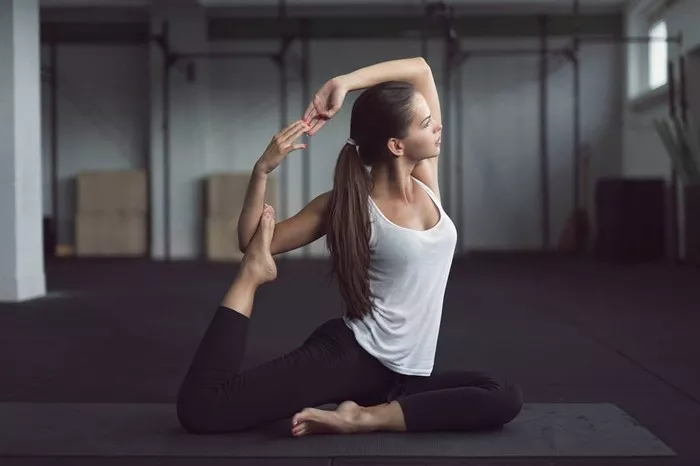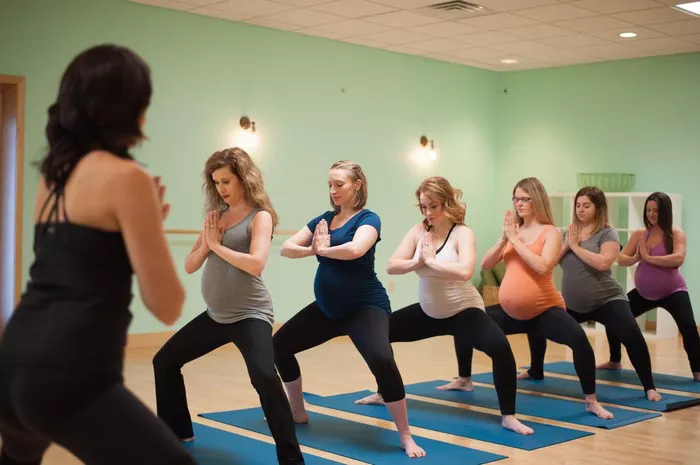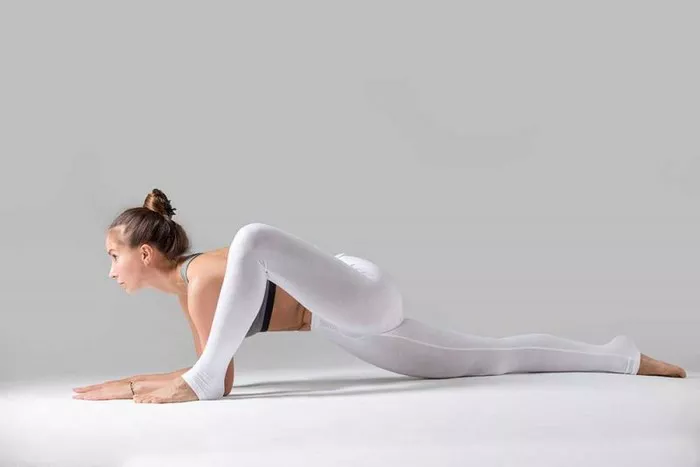Osteoporosis, a condition characterized by weakened bones, affects millions of people worldwide, particularly as they age. As individuals seek ways to manage their osteoporosis and improve their overall well-being, yoga has emerged as a popular option. Proponents of yoga claim that it can help strengthen bones, improve balance and flexibility, and reduce the risk of fractures associated with osteoporosis. However, concerns exist about whether certain yoga poses and practices may actually pose risks for individuals with osteoporosis. In this article, we will explore the benefits and risks of yoga for those with osteoporosis, providing insights for both practitioners and healthcare professionals.
Understanding Osteoporosis
Before delving into the safety of yoga for osteoporosis, it is important to understand the nature of the condition itself. Osteoporosis is a progressive bone disease characterized by low bone mass and deterioration of bone tissue, leading to an increased risk of fractures, particularly in the hips, spine, and wrists. Aging, hormonal changes (especially in postmenopausal women), genetics, and lifestyle factors such as diet and physical activity all contribute to the development of osteoporosis.
Individuals with osteoporosis often experience weakened bones that are prone to fractures, even from minor falls or accidents. Consequently, management strategies for osteoporosis focus on maintaining bone strength, improving balance and coordination, and reducing the risk of fractures.
The Benefits of Yoga for Osteoporosis
Yoga is a mind-body practice that combines physical postures, breathing exercises, and meditation to promote overall health and well-being. Advocates of yoga suggest that it can be beneficial for individuals with osteoporosis for several reasons:
1. Improved Strength and Flexibility: Many yoga poses require individuals to support their body weight and engage various muscle groups, which can help strengthen bones and improve overall muscle tone. Additionally, regular practice of yoga can enhance flexibility and range of motion, reducing the likelihood of falls and fractures.
2. Enhanced Balance and Coordination: Balance is crucial for preventing falls, especially in individuals with osteoporosis who are at a higher risk of fractures. Yoga incorporates poses that challenge balance and proprioception, helping individuals develop better coordination and stability.
3. Stress Reduction and Relaxation: Chronic stress can negatively impact bone health by increasing levels of cortisol, a hormone that can contribute to bone loss. Yoga promotes relaxation and stress reduction through breathing techniques and meditation, potentially mitigating the adverse effects of stress on bone density.
4. Safe and Gentle Exercise Option: Unlike high-impact activities such as running or weightlifting, yoga is generally considered low-impact and can be modified to suit individuals with varying levels of fitness and mobility. This makes it a suitable exercise option for people with osteoporosis who may need to avoid activities that place excessive stress on their bones.
Yoga Poses for Osteoporosis: Considerations and Modifications
While yoga offers numerous potential benefits for individuals with osteoporosis, certain poses and practices may need to be approached with caution. Some yoga poses involve spinal flexion, extension, or rotation, which could potentially increase the risk of vertebral fractures in individuals with compromised bone density. Additionally, poses that require balancing on one leg or putting significant weight on the arms may pose risks for individuals with osteoporosis-related fragility fractures in the hips or wrists.
To ensure safety and maximize the benefits of yoga for osteoporosis, it is essential to consider the following:
1. Avoid Forward Bends: Poses that involve forward bending, such as Uttanasana (Standing Forward Bend) or Paschimottanasana (Seated Forward Bend), may place excessive strain on the spine and increase the risk of vertebral compression fractures. Instead, focus on poses that promote spinal extension and alignment, such as Bhujangasana (Cobra Pose) or Salabhasana (Locust Pose).
2. Modify or Skip Twists: Twisting poses, such as Ardha Matsyendrasana (Half Lord of the Fishes Pose), should be approached with caution, especially if there is a history of spinal fractures or structural abnormalities. If twisting poses are included in a yoga practice, they should be performed gently and with awareness, avoiding any excessive force or strain on the spine.
3. Use Props and Support: Props such as yoga blocks, straps, and bolsters can provide additional support and stability during yoga practice, particularly for individuals with osteoporosis or limited mobility. Using props can help modify poses and reduce the risk of injury while still allowing for a beneficial practice.
4. Focus on Balance and Stability: Incorporate standing poses that challenge balance and stability, such as Vrksasana (Tree Pose) or Virabhadrasana III (Warrior III), to improve proprioception and reduce the risk of falls. Use a chair or wall for support if needed, gradually building strength and confidence in balancing poses.
5. Practice Mindful Movement: Pay close attention to the body’s signals during yoga practice, avoiding any movements or poses that cause discomfort or pain. Honor your body’s limitations and modify poses as needed to ensure safety and comfort.
Consultation with Healthcare Professionals
Before starting a yoga practice, especially for individuals with osteoporosis or other medical conditions, it is essential to consult with a healthcare professional, such as a physician or physical therapist, who can provide personalized guidance and recommendations. Healthcare providers can assess individual health status, identify any contraindications or precautions, and offer tailored exercise prescriptions to promote bone health and overall well-being.
Conclusion
Yoga can be a safe and effective exercise option for individuals with osteoporosis, offering numerous physical, mental, and emotional benefits. By incorporating gentle and modified yoga poses, focusing on balance and stability, and practicing mindful movement, individuals with osteoporosis can improve bone strength, enhance flexibility and coordination, and reduce the risk of fractures. However, it is crucial to approach yoga practice with awareness and caution, taking into account individual health status and any specific concerns or limitations. By working closely with healthcare professionals and practicing yoga mindfully, individuals with osteoporosis can enjoy the many rewards of this ancient practice while safeguarding their bone health for years to come.
FAQs:
What type of yoga is best for osteoporosis?
For individuals with osteoporosis, gentle and modified forms of yoga, such as Hatha or Iyengar yoga, are generally recommended. These styles emphasize proper alignment, controlled movements, and the use of props to support the body during practice. Gentle yoga classes specifically tailored for individuals with osteoporosis may incorporate poses that focus on improving balance, strength, and flexibility while minimizing the risk of injury.
What exercises should be avoided with osteoporosis?
Individuals with osteoporosis should avoid high-impact activities and exercises that place excessive stress on the spine or risk of falling. Exercises to avoid include high-impact aerobics, heavy weightlifting, and activities that involve twisting or bending forward at the waist with force. Additionally, individuals with osteoporosis should use caution when performing exercises that involve sudden or jerky movements, as these can increase the risk of fractures.
Are squats good for osteoporosis?
Squats can be beneficial for individuals with osteoporosis when performed with proper form and technique. Squats help strengthen the muscles of the lower body, including the quadriceps, hamstrings, and glutes, which support the bones and contribute to overall bone health. However, individuals with osteoporosis should avoid deep or heavy squats that place excessive pressure on the spine. Instead, focus on performing squats with a controlled range of motion and using proper alignment to minimize the risk of injury.























